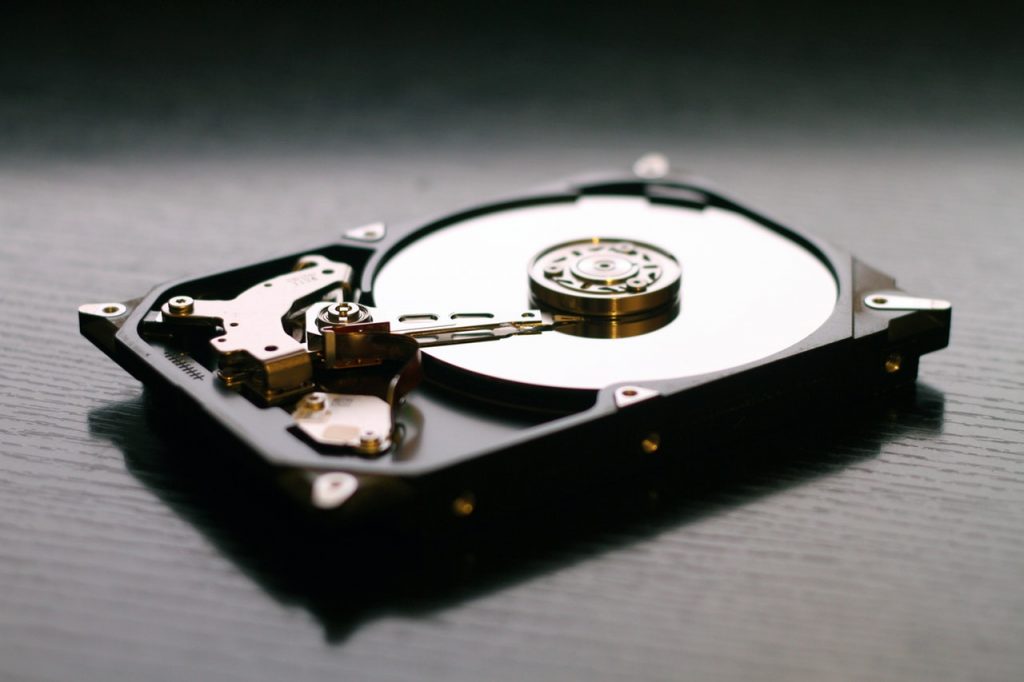
Here is how you can remove Reserved Space on Window 10
Since after the May 2019 update release, Windows 10 will reserve about 7 GB of your device’s storage for updates and optional files. This will ensure easy installation of updates in the future—but you can recover that space if you want, even though Microsoft recommends against it.
What is Reserved Storage?
Windows requires a certain amount of free disk space to update. Updates will fail to install if your PC doesn’t have enough free space. With the recent May 2019 Update, Microsoft aims to fix this problem by reserving disk space for future updates.
Before, if you had insufficient free disk space on your PC, Windows would fail to install updates properly. The only workaround is to free up some storage space before continuing. With “reserved storage,” Microsoft makes Windows 10 set aside at least 7 gigabytes of space on your hard drive to ensure updates can download, regardless of how much disk space you have. When not being used by update files, Reserved Storage will be used for apps, temporary files, and system caches, improving the day-to-day function of your PC.
In other words, reserved storage doesn’t mean that Windows is using a full extra 7 GB of storage—it’s likely storing some temporary files there that it would normally be stored elsewhere on your system drive. In other words, if you don’t want windows to install updates on your system which Windows 10 does automatically (although it can be stopped) so u can just restrict Windows from keeping reserved storage and easily prevent Windows from ever updating.
How to Check if Your PC Has Reserved Storage
Before you go any further, you should make sure that your system is using Reserved Storage. If it does not, then there is no need to go on, because Windows isn’t reserving any additional storage on your device. You can check whether or not the system is using extra storage, and how much, through the Settings app.
This feature will be enabled automatically on new PCs with Windows 10 version 1903 (that’s the May 2019 Update) pre-installed, along with clean installs of Windows 10 version 1903. If you’re updating from a previous version of Windows 10, Reserved Storage will not be enabled. So that means if u reinstalled the latest version of windows then you are applicable or if you recently bought a new laptop in the past 3 months.
To check whether Windows is using Reserved Storage, head to Settings > System > Storage. (You can quickly open the Settings app by pressing Windows+i on your keyboard.) Click “Show More Categories” under the list of items taking up space.
Click on “System & Reserved.”
If enabled on your PC, you will see the “Reserved Storage” section with 7+ GB of storage space in use. If you don’t see “Reserved Storage” here, your system doesn’t have the “Storage Reserve” feature enabled.
Should You Disable Reserved Storage?
You can free a bit of reserved storage space by uninstalling optional features (Settings > Apps & Features > Manage Optional Features) and language packs (Settings > Time & Language > Language.)
However, if you want to free up the maximum amount of space, you’ll need to disable the reserved storage functionality altogether. Microsoft recommends against this because they explained that the goal of the newer versions of Windows is that there is enough space for Windows to perform critical OS function. So if there is no reserved space and the User fills their storage then there is no space for Windows to perform these functions and thus it can become unstable. Windows applications and Microsoft Store apps may cease to function properly, plus the cache space will also be affected and programs will become slow overall.
But, if you need the space, feel free to continue and disable reserved storage. After all, most Windows 10 PCs in the real world still have this disabled and are working fine.
How to Disable Reserved Storage
Now that we’ve got all that out of the way let’s look at how to disable Reserved Storage using the Registry Editor. It is recommended to make a backup of your system before proceeding since using the registry editor improperly can cause many irreversible problems.
Standard Warning: Registry Editor is a powerful tool and misusing it can render your system unstable or even inoperable. This is a pretty simple hack, and as long as you stick to the instructions, you shouldn’t have any problems. That said, if you’ve never worked with it before, consider reading about how to use the Registry Editor before you get started. Also, we recommend backing up the Registry (and your computer!) before making changes.
Open the Registry Editor by hitting Start and typing “regedit .”, or you can access the Registry Editor using Win+R and typing “regedit”. Press Enter to open the Registry Editor and then permit it to make changes to your PC, you will need to open it with Administrative privileges so you cannot do this procedure with a Limited Account unless you have an Admin Password.
In the Registry Editor, use the left sidebar to navigate to the following key. You can also copy and paste it into the Registry Editor’s address bar.
HKEY_LOCAL_MACHINE\SOFTWARE\Microsoft\Windows\CurrentVersion\ReserveManager
Once here, locate ShippedWithReserves and double-click on it.
Change the number under “Value Data” from a 1 to 0, then click “OK.”
That’s it. Close Registry Editor, then reboot Windows to apply the changes.
Your change is now made, but you may have to wait a few weeks before Windows installs an update and deletes the reserved storage, or if you are on the latest version of Windows then the change will be immediate.

